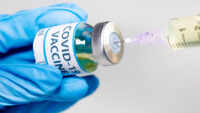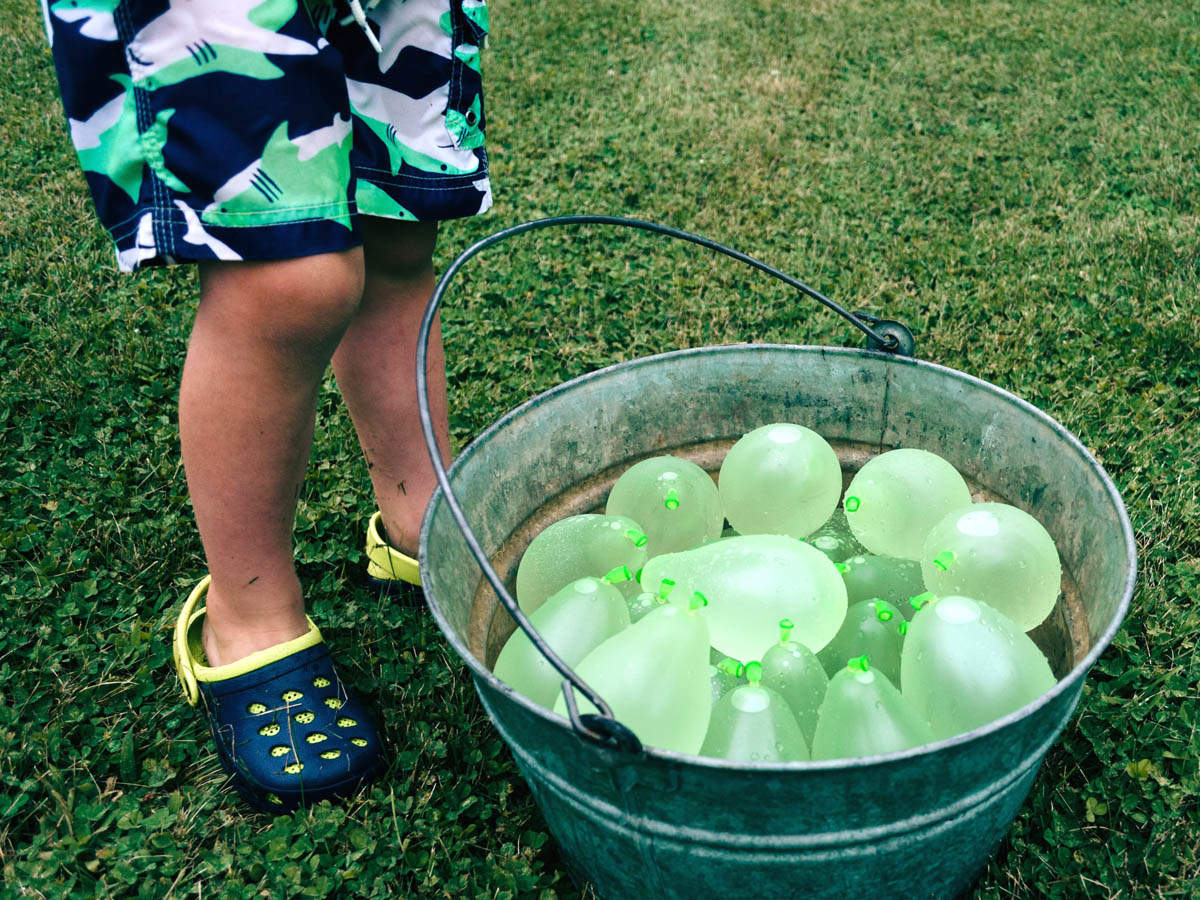
MUMBAI: The Covid-19 crisis did not prevent an Arab nation, known mainly for oil and tourism, from taking a giant leap in space history early on Monday (IST).
The United Arab Emirates (UAE) rocketed into history books by becoming the first Arab country to launch a mission to Mars named "Hope" — a flight which has also attracted a goodwill message from UAE’s arch-rival Israel.
Also, Space IL, Israel’s private mission to the moon, has said: "Wishing a lot of luck and a pleasant launch.’’
The much-awaited lift-off at 3.25 am (IST) on Monday was from the Tanegashima Space Centre in Japan and the rocket was the highly proven Japanese Mitsubishi Heavy Industries' H2A.
About an hour after the flawless lift-off, the mission control centre at the Mohammed Bin Rashid Space Centre (MBRSC) in Dubai acquired the signal from the spacecraft via Nasa’s deep space network in Madrid.
The launch of Hope coincided with the 51st anniversary of the first manned landing on the moon and it took place 72 hours prior to China’s first mission to Mars provisionally slated for take off on July 23.
Originally scheduled to be launched on July 15, the Hope mission got postponed to July 17 and again was rescheduled to July 20 because of unfavourable weather at the launch complex.
Cruising at a speed of 1,21,000 km per hour, the 1,350 kg Hope will reach Mars in February 2021 covering a distance of 493.5 million km to mark the country’s 50th anniversary. It will be an orbital mission, not a landing one.
The mission span is for one Martian year — 687 days -- which is equivalent to two earth years.
The UAE minister of state for advanced sciences, Sarah Al Amiri, who is also the mission’s deputy project manager, and Omran Sharaf, the project lead, gave an exclusive email interview to ToI about the 200 million dollar mission.
Al Amiri explained that the role of the mission is focussed on understanding the "atmospheric dynamics of Mars", studying Mars’s climate and assessing weather events in its lower and upper atmosphere and across the geographic areas of Mars’s surface.
She said that the Hope probe was designed and developed at MBRSC, together with partners at the University of Colorado, Boulder, Arizona State University, and the University of California, Berkeley, to achieve what is known as "knowledge transfer".
She said that 34% of the total team are women and 60,000 youngsters and teachers have been engaged in outreach programmes as part of the mission.
The Hope spacecraft is equipped with three instruments – the Emirates Exploration Imager (EXI), the Emirates Mars Ultraviolet Spectrometer (EMUS), and the Emirates Mars InfraRed Spectrometer (EMIRS).
First announced in 2014, about 12,000 tasks related to the project were executed in six years involving 5.5 million working hours. The mission incorporates 200 new technologies.
"The highly elliptical orbit that Hope will take supports the measurements of the three instruments — the closest being 20,000 km and the farthest 43,000 km. This lets the probe build a full image of Mars’atmospheric dynamics every 10 days,’’ Al Amiri explained to TOI.
A report prepared by the University College, London, says that the mission will try to make UAE a regional leader in space science. It will increase the country’s scientific capability and strengthen its contribution globally.
Sharaf, the project leader, said the mission has "challenged a number of accepted notions regarding system design, architecture and has resulted in a number of unique innovations".
He said that the mission selected a Japanese rocket because the H2A was a tried and tested launch platform with a reliable heritage for the EMM (Emirates Mars Mission) launch window.
Asked about the mission directly heading towards Mars without going to the moon which is the usual route for most interplanetary space missions, he said: "Our leadership set an ambitious goal for the mission, in a clear drive to take the team at the MBRSC out of our comfort zone and set a challenge beyond the accepted, beyond the ordinary.’’
Al Amiri said that the mission represents a future vision for Emirates and the entire Arab world to make it a global hub for technological innovation.
The United Arab Emirates (UAE) rocketed into history books by becoming the first Arab country to launch a mission to Mars named "Hope" — a flight which has also attracted a goodwill message from UAE’s arch-rival Israel.
Also, Space IL, Israel’s private mission to the moon, has said: "Wishing a lot of luck and a pleasant launch.’’
The much-awaited lift-off at 3.25 am (IST) on Monday was from the Tanegashima Space Centre in Japan and the rocket was the highly proven Japanese Mitsubishi Heavy Industries' H2A.
About an hour after the flawless lift-off, the mission control centre at the Mohammed Bin Rashid Space Centre (MBRSC) in Dubai acquired the signal from the spacecraft via Nasa’s deep space network in Madrid.
The launch of Hope coincided with the 51st anniversary of the first manned landing on the moon and it took place 72 hours prior to China’s first mission to Mars provisionally slated for take off on July 23.
Originally scheduled to be launched on July 15, the Hope mission got postponed to July 17 and again was rescheduled to July 20 because of unfavourable weather at the launch complex.
Cruising at a speed of 1,21,000 km per hour, the 1,350 kg Hope will reach Mars in February 2021 covering a distance of 493.5 million km to mark the country’s 50th anniversary. It will be an orbital mission, not a landing one.
The mission span is for one Martian year — 687 days -- which is equivalent to two earth years.
The UAE minister of state for advanced sciences, Sarah Al Amiri, who is also the mission’s deputy project manager, and Omran Sharaf, the project lead, gave an exclusive email interview to ToI about the 200 million dollar mission.
Al Amiri explained that the role of the mission is focussed on understanding the "atmospheric dynamics of Mars", studying Mars’s climate and assessing weather events in its lower and upper atmosphere and across the geographic areas of Mars’s surface.
She said that the Hope probe was designed and developed at MBRSC, together with partners at the University of Colorado, Boulder, Arizona State University, and the University of California, Berkeley, to achieve what is known as "knowledge transfer".
She said that 34% of the total team are women and 60,000 youngsters and teachers have been engaged in outreach programmes as part of the mission.
The Hope spacecraft is equipped with three instruments – the Emirates Exploration Imager (EXI), the Emirates Mars Ultraviolet Spectrometer (EMUS), and the Emirates Mars InfraRed Spectrometer (EMIRS).
First announced in 2014, about 12,000 tasks related to the project were executed in six years involving 5.5 million working hours. The mission incorporates 200 new technologies.
"The highly elliptical orbit that Hope will take supports the measurements of the three instruments — the closest being 20,000 km and the farthest 43,000 km. This lets the probe build a full image of Mars’atmospheric dynamics every 10 days,’’ Al Amiri explained to TOI.
A report prepared by the University College, London, says that the mission will try to make UAE a regional leader in space science. It will increase the country’s scientific capability and strengthen its contribution globally.
Sharaf, the project leader, said the mission has "challenged a number of accepted notions regarding system design, architecture and has resulted in a number of unique innovations".
He said that the mission selected a Japanese rocket because the H2A was a tried and tested launch platform with a reliable heritage for the EMM (Emirates Mars Mission) launch window.
Asked about the mission directly heading towards Mars without going to the moon which is the usual route for most interplanetary space missions, he said: "Our leadership set an ambitious goal for the mission, in a clear drive to take the team at the MBRSC out of our comfort zone and set a challenge beyond the accepted, beyond the ordinary.’’
Al Amiri said that the mission represents a future vision for Emirates and the entire Arab world to make it a global hub for technological innovation.
Download
The Times of India News App for Latest World News

Coronavirus outbreak
Trending Topics
LATEST VIDEOS
More from TOI
Navbharat Times
Featured Today in Travel
Quick Links
Coronavirus in MumbaiCoronavirus in KolkataCoronavirus in HyderabadCoronavirus in DelhiCoronavirus in BangaloreCoronavirus symptomsCoronavirus in IndiaWhat is CoronavirusCoronavirus NewsSolar EclipseNPRWhat is NRCCAB BillCAB and NRCRTI BillPodcast newsLok SabhaShiv SenaYSRCPCongressBJP newsUIDAIIndian ArmyISRO newsSupreme Court
Get the app









